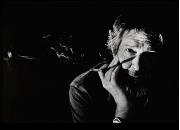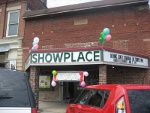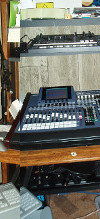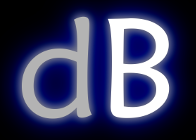
Recording and Sound
CURRENT:
I currently only do studio engineering, or live sound on a selective basis, as other types of projects tend to dominate my schedule.
From 2010-2013 I worked on a number of recording and live sound projects with the Brooklyn-based
W4 (West 4th) New Music Collective, and
I'm on call for special events with Lyrical Graffiti.
BACKGROUND AND EXPERIENCE:
Recording for me began with two and four track tapes and in the late-90s affordable digital audio workstation like
N-Track.
A 2 GB hard drive and 32 MB of RAM was quite limiting, but I knew the tech boom would produce robust, yet affordable systems in the near future.
In 2001, I purchased my first small home setup, and in 2002, built my first "powerhouse" computer whose sole purpose was audio work.
I took two semesters of audio production at Lakeland Community College (Kirtland, OH) and got to spend time with engineer
Paul Hamann at
SUMA.
I gained the bulk of my knowledge running live sound in bars/clubs, and recording bands and small ensembles at my studio space. In July '10, I participated in the
Cleveland Contemporary Players Summer Recording Institute focused on the production of professional recordings for modern classical composers and in the same
year started NYU's Graduate Music Technology Program, finishing in June '13.
Live Sound & Installation
Lyrical Graffiti
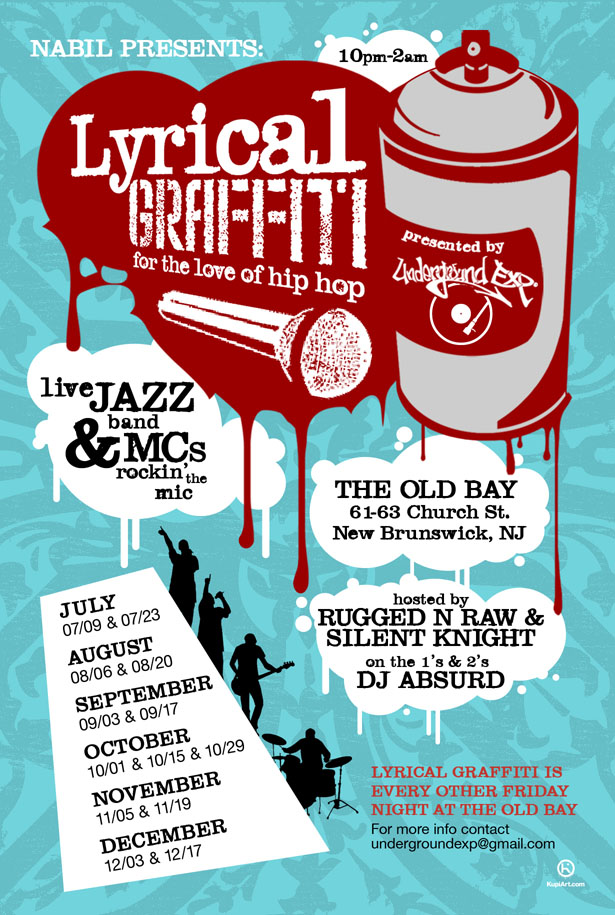
The bi-weekly Lyrical Graffiti has been running for over 11 years now, making it New Jersey's longest running Hip-Hop event. Currently hosted by The Old Bay in New Brunswick, Lyrical Graffiti integrates breakers, MCs, and a live house band making it a one-of-a-kind live event.
I've been on call to run sound for anniversary shows and larger guests, which includes setting up additional monitoring and full mic'ing of the live band. Lyrical Graffiti has featured acts like Kosha Dillz, El da Sensai and Tame One (The Artifacts), Masta Ace, Sadat X, Jon Robinson, and the legendary Afrika Bambaataa.
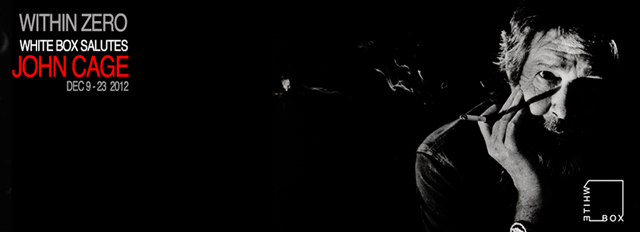
100xJohn Festival
8.1 Surround Sound and Video Install
The environmental sound organization Ear to the Earth and MA.P.S (Media Arts, Performance, and Sound) Program at White Box joined forces to present 100 x John, a weekend-long multimedia extravaganza celebrating the end of the 100th anniversary of John Cage’s birth with 100 compositions and sound art pieces by artists from around the world. 100 x John featured a vast array of works, all based on field recording, natural and urban, some using traditional instruments and voice.
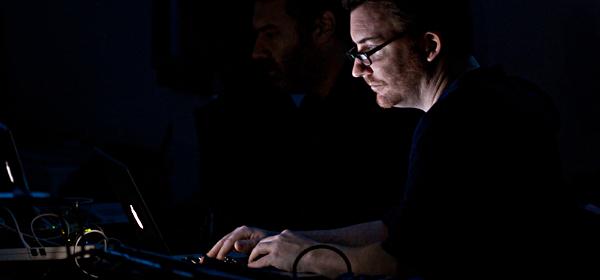
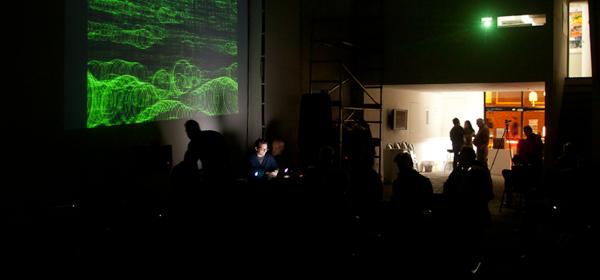
Alongside Tom Beyer and Daniel Neumann, I installed a nine speaker array (8.1 surround configuration), as well as four projectors to provide immersive video throughout the room. The installation took roughly two days, and throughout the four days of the event, constant adaptation and adjustment of the audio and video were necessary for the various performances.
Andover Theater Restoration
The 300-seat Andover Theatre (Andover, Ohio) was in operation prior to 1941, and was still in operation in the late-1980’s, but was renovated and reopened in June 2010 as the Andover Showplace Theatre, presenting live entertainment and screening movies.
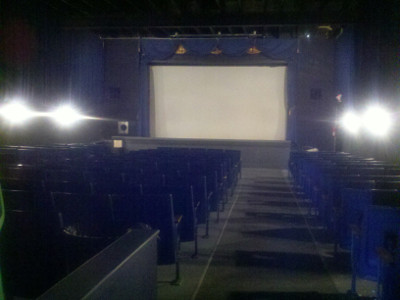
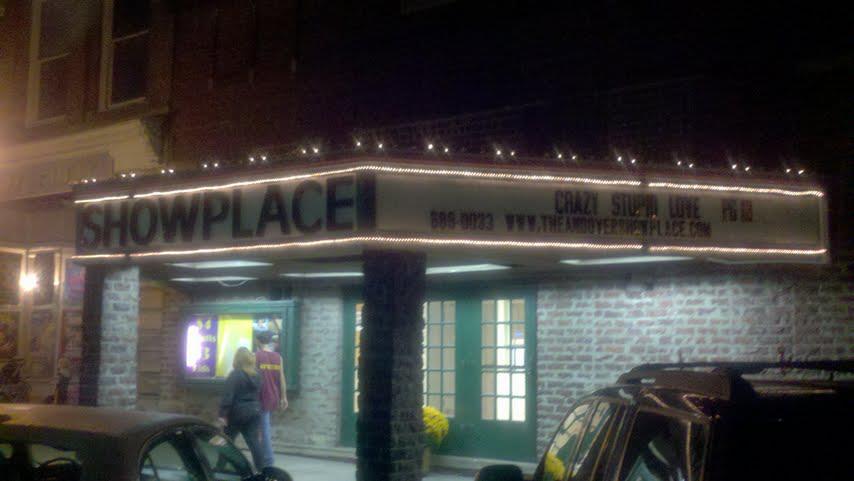
I began working on the audio in the fall of 2009, finishing in May of 2010. The installation involved using a limited budget to construct a system which would be capable of handling live entertainment as well as movie and sound playback. The system employs a crossover tunable tri-amp audio system, 24 channels of audio which can be routed to a mixing booth in the theater's rear balcony, as well a host of modular connections for stage monitoring and variations of speaker configurations to tailor to the needs of various types of events. I hand-soldered a few hundred connections, patch points and cables.
Studio Engineering
Beasletoe Recording
In an area dominated by light industry, there was a lone house zoned for similar use -
it was the perfect place to put a studio/rehearsal space, so after years of collecting equipment for personal use, I decided to rent the house, and monetize my gear.
The basement of the house was finished with real wood paneling and a relatively low ceiling making it ideal for "tight" close-mic'd recordings.
A series of modular walls were assembled (some of the construction pictured below) which could be shifted around in the space to meet the needs of a variety of projects.
Lines were also run to various rooms of the building, both in the basement and on the first floor to provide varied isolation, and a few choices of room size and type.
 The recording system was built around two Roland VM-7100's with RPC-1 interfaces, allowing for 16 tracks of 24 bit/48k audio to be simultaneously put down.
The computer I had custom assembled used a striping RAID array, allowing 48 mono tracks of playback without a hitch.
For the twelve months that I rented the space, I worked on recording projects from free jazz to hardcore. The "house" aspect gave the space
a comfortable working atmosphere, with an upstairs listening room equipped with chairs and couches.
The space also served as my own personal workshop for recording, sonic experiments, and a quiet place to compose.
The recording system was built around two Roland VM-7100's with RPC-1 interfaces, allowing for 16 tracks of 24 bit/48k audio to be simultaneously put down.
The computer I had custom assembled used a striping RAID array, allowing 48 mono tracks of playback without a hitch.
For the twelve months that I rented the space, I worked on recording projects from free jazz to hardcore. The "house" aspect gave the space
a comfortable working atmosphere, with an upstairs listening room equipped with chairs and couches.
The space also served as my own personal workshop for recording, sonic experiments, and a quiet place to compose.
 If you recorded at Beasletoe, but no longer have your stems, multi-tracks, or mixes, contact me for information about retrieving your work.
All materials from any session are still archived on both optical and magnetic media, and available for transfer, remixing,
or whatever else you may want them for. In the near future I'll be assembling an online archive of the mixdowns as well.
If you recorded at Beasletoe, but no longer have your stems, multi-tracks, or mixes, contact me for information about retrieving your work.
All materials from any session are still archived on both optical and magnetic media, and available for transfer, remixing,
or whatever else you may want them for. In the near future I'll be assembling an online archive of the mixdowns as well.


